Using "Flow on a Revolved Surface" to Pinch and Punch Objects
To "Pinch" as in squeeze, contract, cinch inwardly - what a black hole does to space and time.
To "Punch" as in dilate, expand, bulge, bubble, or "fish-eye".
Another use for Moi3D V3's Flow tool is presented when you need to
"fish-eye" (bulge) or pinch in part of an object on a 2D level.
This is easy to do in Photoshop with an image at the click of the
mouse. But how does one do this in a NURBS solid-modeling application
like Moi3D?
With a "Flow on Revolved Surface" procedure, of course.
Here's an example:

Here is a grouping of objects.
We need a reference surface to run Flow from.
Draw a line with the Free-Form curve tool, including at least one control point in the middle.
Leave one point off the line of the path so that when revolved, the point structure is carried through.
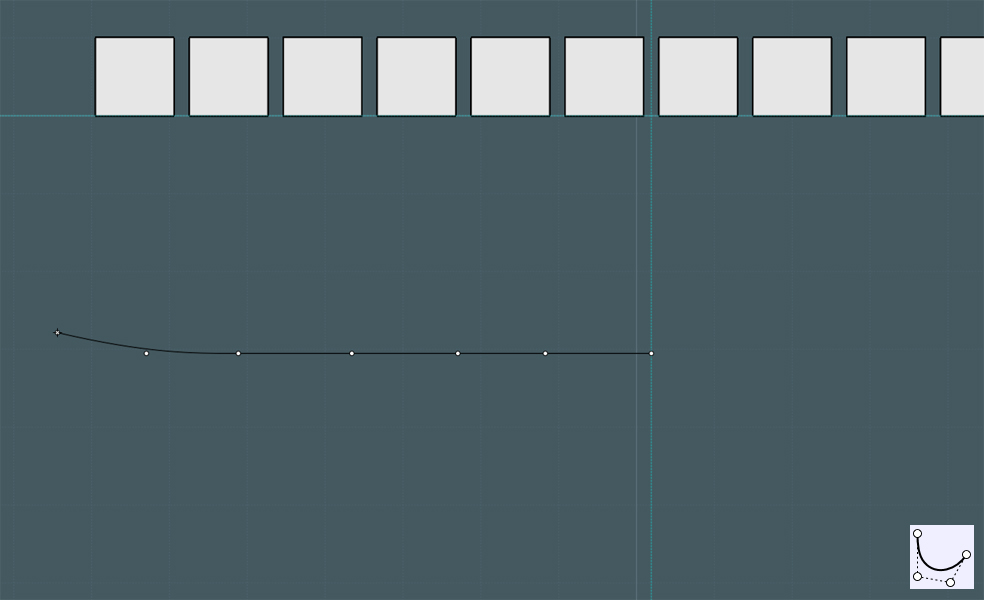
Revolve the line.
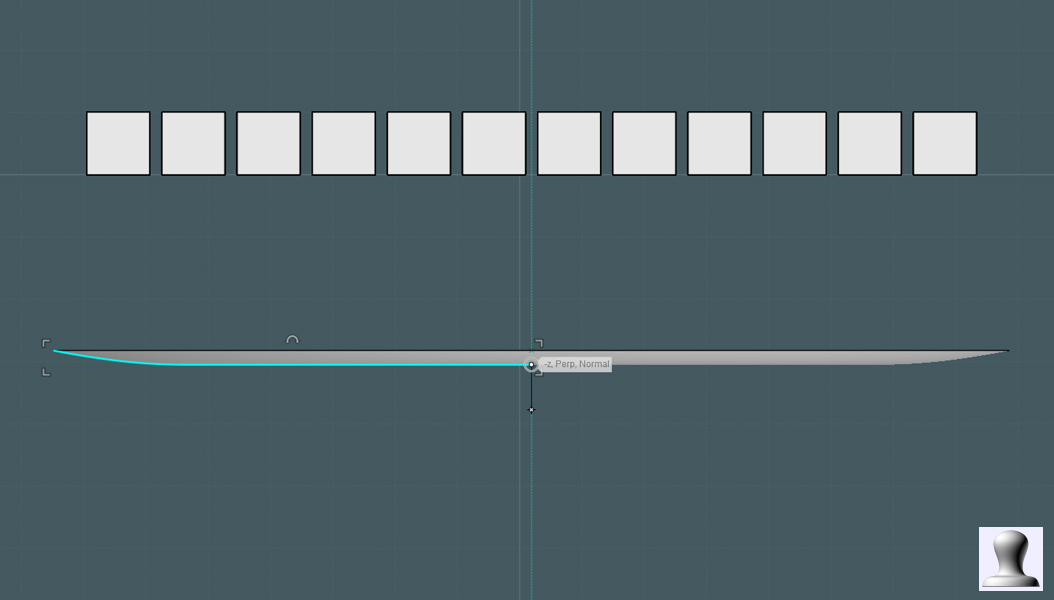
Now flatten the revolved surface.
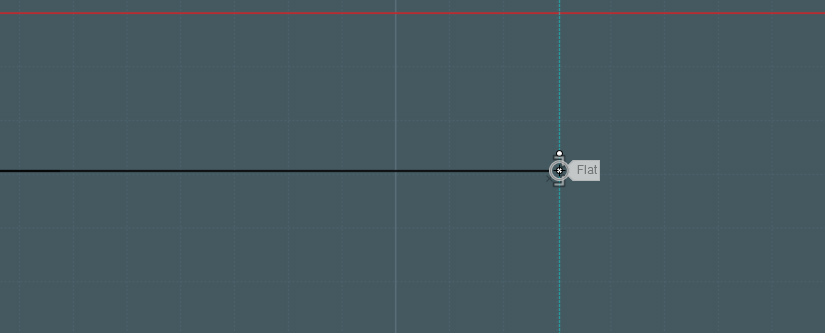
Copy the revolved surface. I made two to show two different examples.
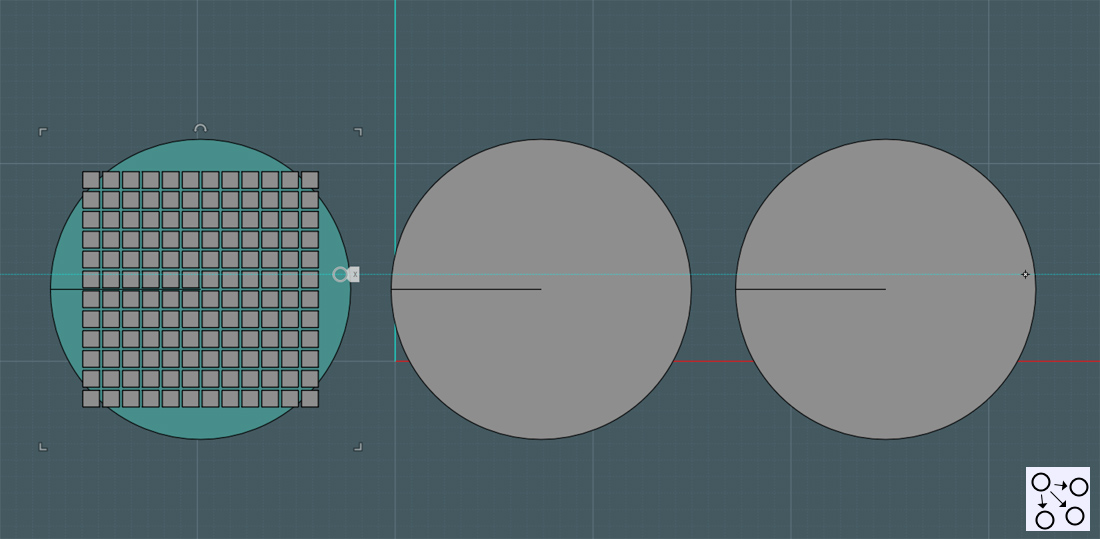
Pay careful attention to the following pic:
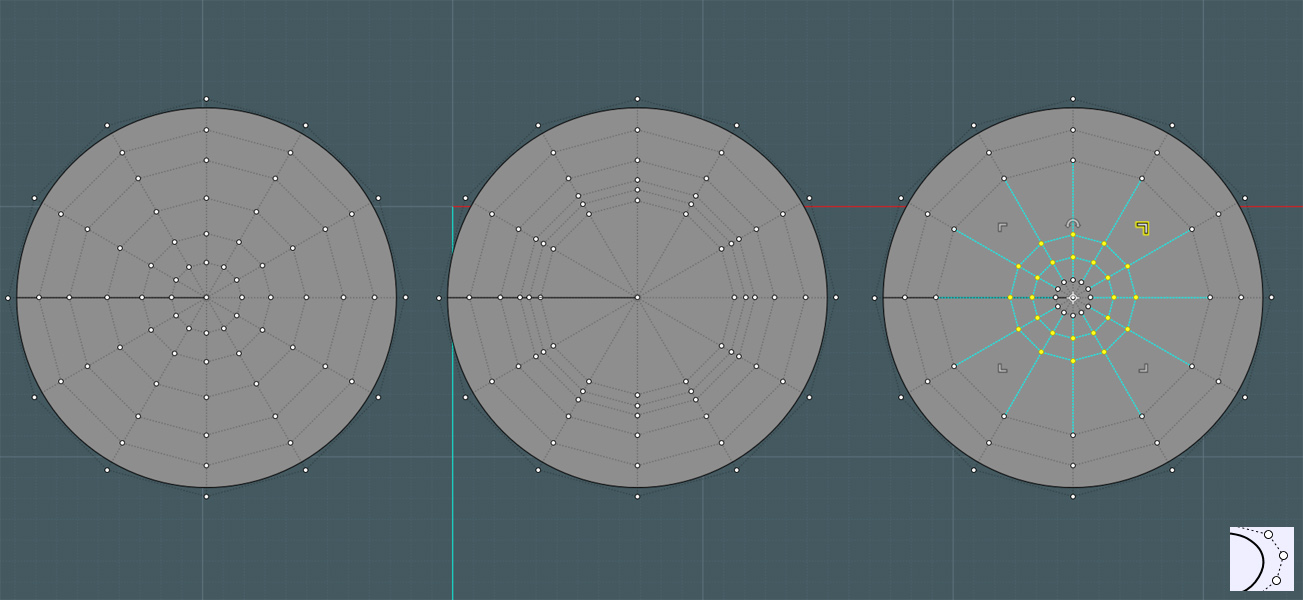
The one on the left is the original "reference" surface.
The right two are "target" surfaces.
Activate Show-Points.
Select a ring of points (as show) and use the UI based scale handles to
change their size, thus the relative positioning from the center.
You'll see that the middle surface is "punched" out and the one on the right is "pinched" in.
Before using the Flow command, you may want to make sure that no object
crosses the center point. You may get unexpected results.
Use the Flow command on your objects, choosing the reference and target surfaces.
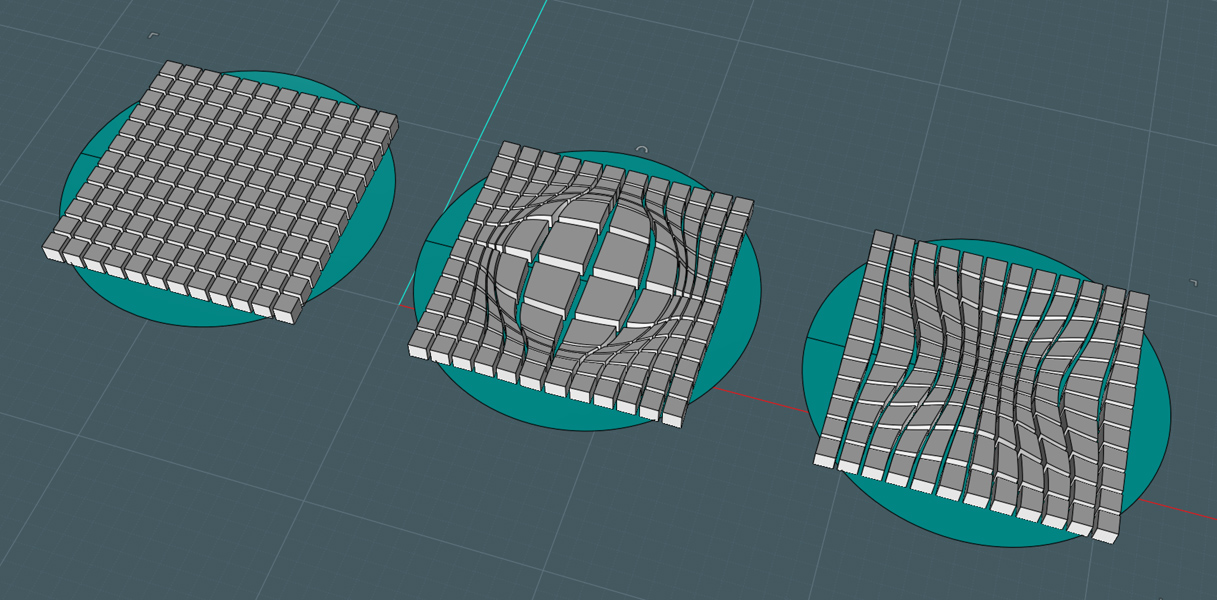
You can see that one set was warped with a 2D bulge displacement in the
center and the one on the right has an inward pinched displacement.
You can sort of do this with a grid of points on a standard Flowed grid
surface, but a revolved surface is configured in a round pattern,
thus the results will be evenly distorted in 360 degrees.
Here is a real-world type application:
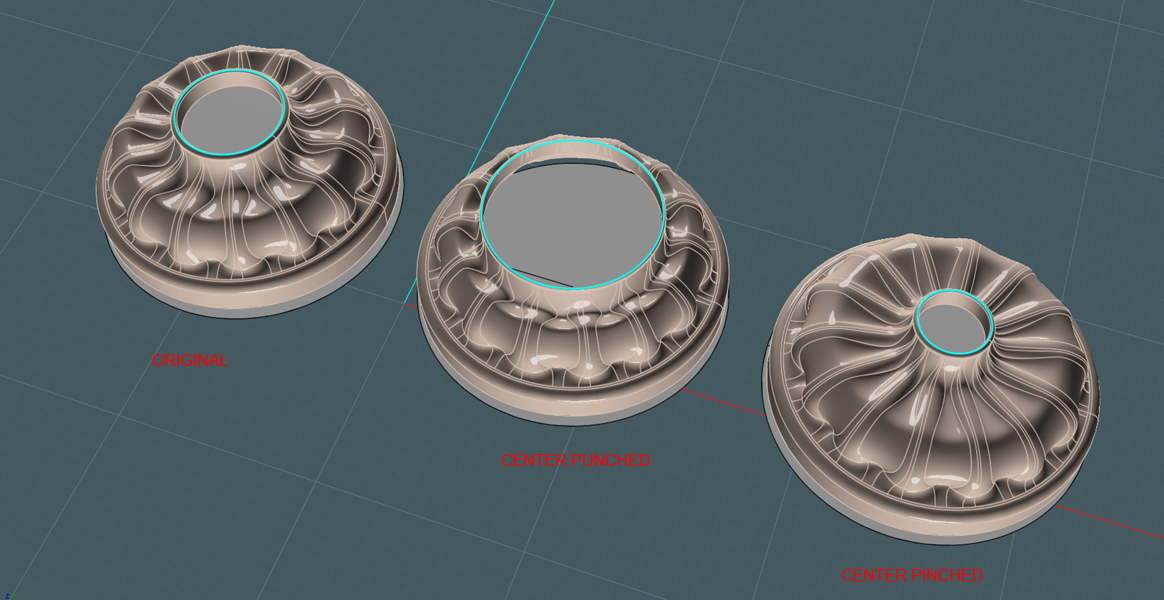
I have a decorative escutcheon object that has a hole in the middle that
is not the right size, but the outer dimension needs to remain the
same.
This is a complex object that cannot simply be reconstructed nor can just be chopped up and re-glued.
This technique allowed me to tweak the inner diameter with a resulting object that works nicely.







